As an Amazon Associate I earn from qualifying purchases.
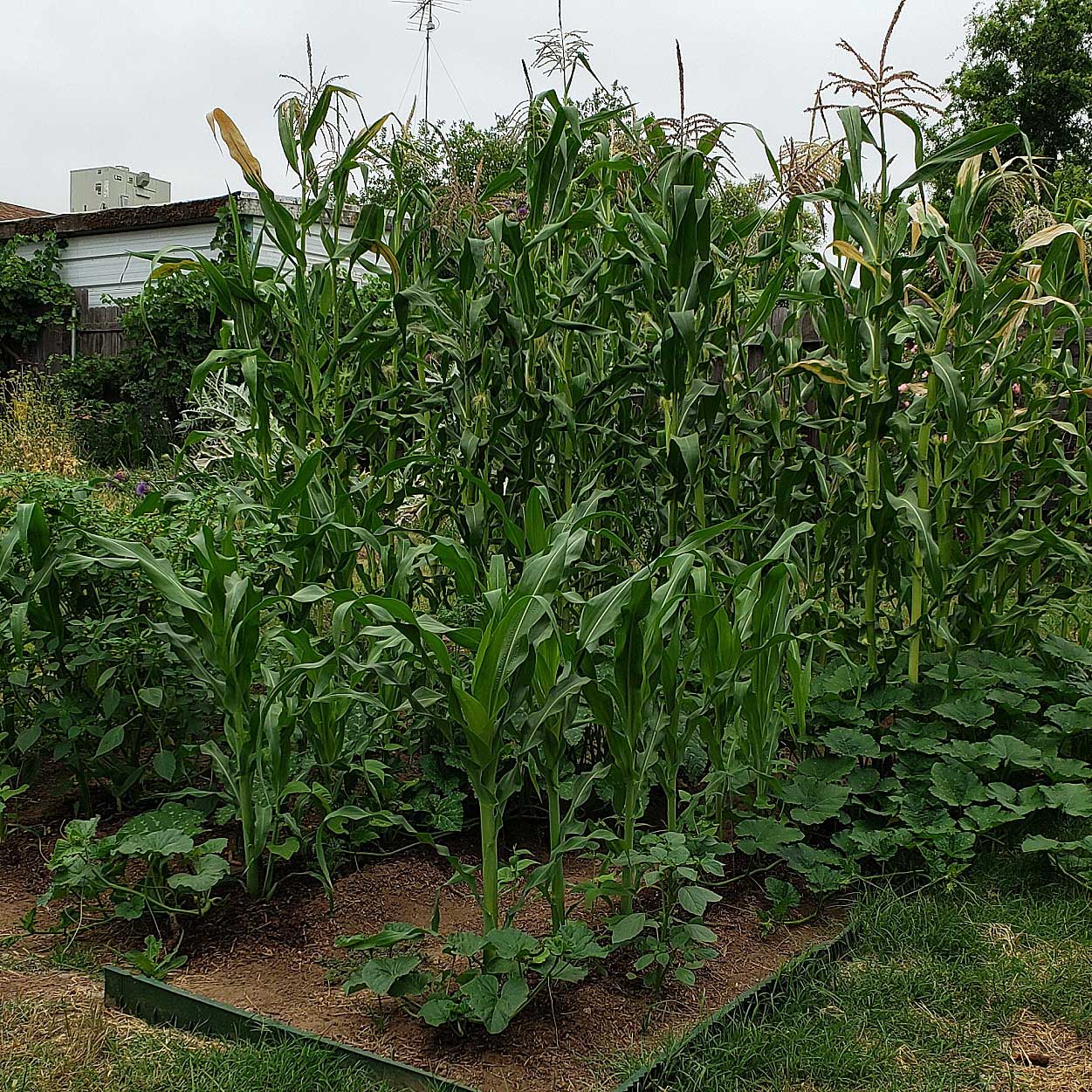
My garden sings to me, and I to it.
For the first time in many years, I have a real garden again, and it is alive — alive with not only my hopes and idiosyncrasies, but with its own rhythm, quite independent of me.
As many of you know, I travel a lot. Too much, really. Don’t get me wrong, it’s not drudgery. I have been lucky enough to hunt and fish and forage and eat all over this great county of ours, as well as much of Canada (Mexico is next). I’ve met wonderful people along the way, making real friends — many of whom I’d have never met were it not for this website you’re reading right now.
But the downside of so much travel is an uprootedness that leaves me, well, ungrounded. Adrift. Home, at the worst of times, becomes not much more than a place to sleep, where Holly and the cats wander around me like friendly ghosts. I don’t like it when this happens. Not at all.
This year, mercifully, is different. This year I am not traveling nearly as much, and I have thrown myself wholesale into my garden, mi milpa.
I use the Spanish word for small farm because, well, it kinda is. Virtually every plant on my little piece of ground, less than a third of an acre, grows something useful.
Figs, lemons, oranges, and apricots dot the grounds. Three kinds of prickly pears, each bearing luscious fruit and nopales. Cholla, which gives me cholla buds. Manzanita, which gives me manzanita cider.
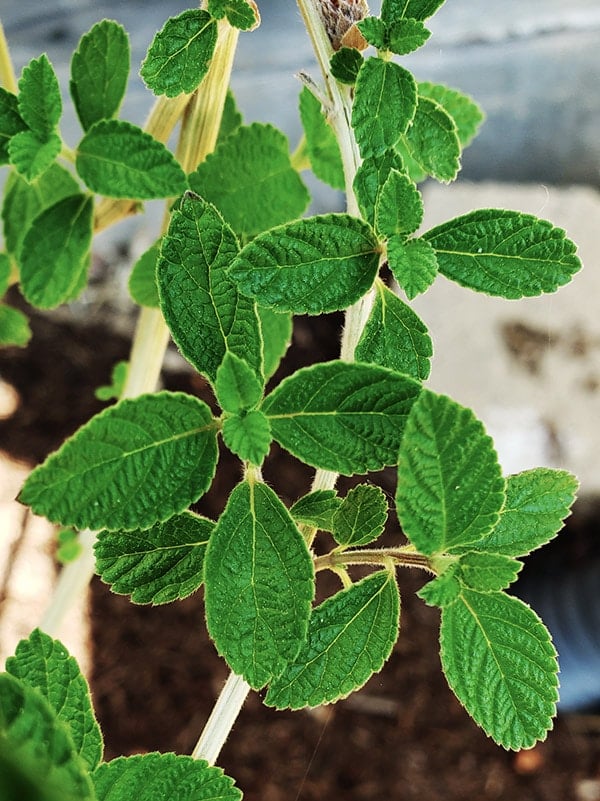
Herbs everywhere. California white sage, regular garden sage, basil, parsley, lovage, thyme, and a hedge’s worth of rosemary. And, this year, a slew of Mexican exotics. pitiona, a sort of sweet smelling verbena. Mexican oregano, hoja santa, epazote, pipicha.
More or less every sort of quelite eaten in Mexico, from a variety of lambsquarters called huauzontle to chamisal, a sort of saltbush, romeritos, amaranth, and two kinds of purslane. I’m even growing chaya, a sort of “tree spinach” native to southern Mexico.
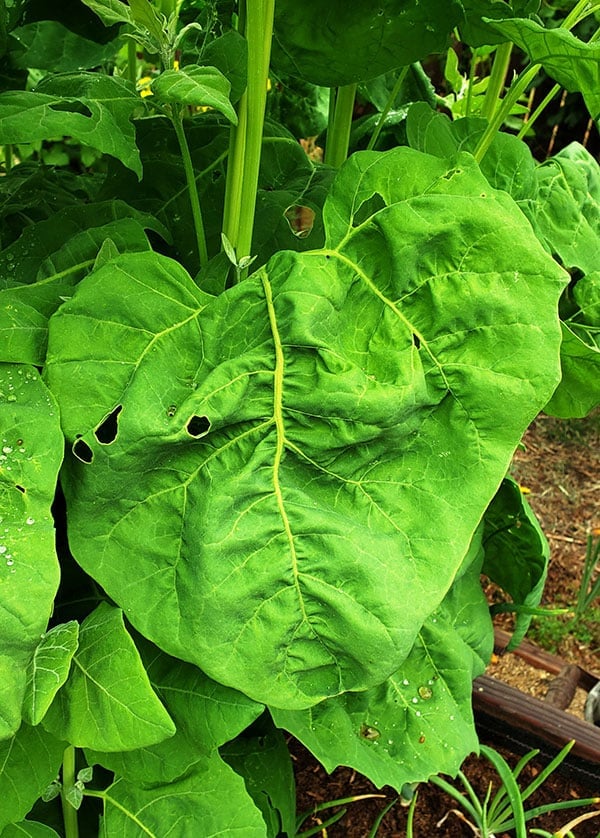
Six varieties of tomato, seven different beans, 20 varieties of chile pepper. Feral tomatillos that have lived in my yard for more than a decade.
And then there are the Three Sisters, or, rather, there are six. I am growing, for the first time, a real-deal native three sisters garden: corn, beans, squash. On one side, Oaxacan green corn, Tarahumara black beans, and a Navajo butternut squash. On the other side, Tennessee jellicorse grits corn, turkey craw pole beans and Seminole pumpkins.
Around it all are three varieties of wine grapes well suited to my hot, dry climate: Zinfandel, Aglianico and Graciano.
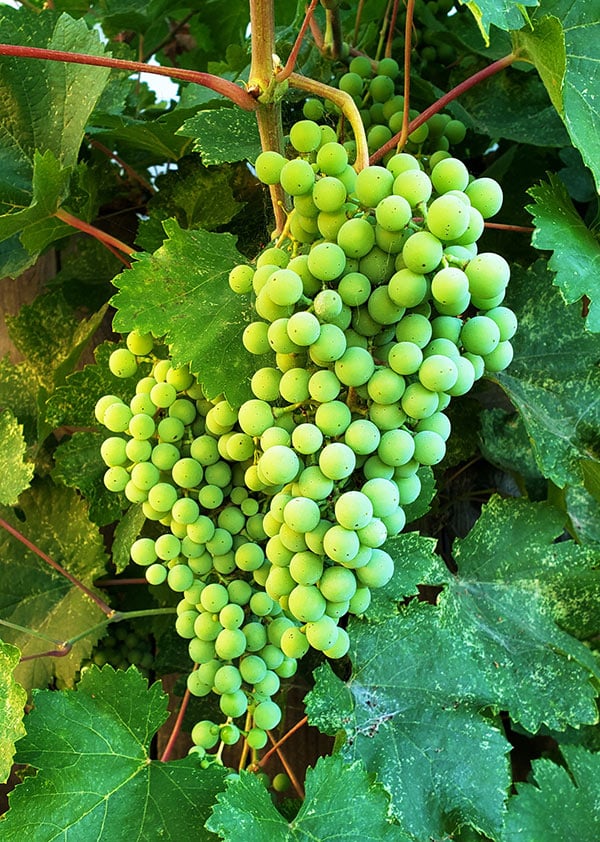
If just reading all this makes you tired, imagine tending to it all. I water something almost every day, fertilize a couple times a month, prune, trim, tend, harvest, and, well, nurture my little farmlet.
I couldn’t be happier.
I know it’s not terribly exciting to others, certainly not like some backcountry hunt in some faraway place, in search of something four-footed with big headgear.
But all this has allowed me to set roots down again, to recapture intimacy with my home, and everything that lives in it. Obviously Holly and the cats — Harlequin, Giblet, and the old man, Ragnar — but also the mockingbird family, annoying as they can be when dive-bombing the cats or stray squirrels who wander too close.
So too with the phoebe, who always returns in June, as well as the pair of scrub jays who vie with the mockingbirds for dominance in our patch of earth. Oak titmice, arguably the most adorable bird ever, flit here and there. Gnatcatchers descend on the oak trees in search of… gnats, I suppose. Always the doves, too, including one last male Holly banded in 2017. Towhees scratch at the dry earth, and the crackheads — er, hummingbirds — buzz constantly like giant bees.
Which is not to disparage the legion of real bees, wasps and other pollinators humming everywhere from dawn to dusk. Mostly honeybees, but also the spectacular Valley carpenter bee, who looks like a flying flaming Cheeto. Ladybugs wander everywhere like those little candy buttons escaped from their paper prison.
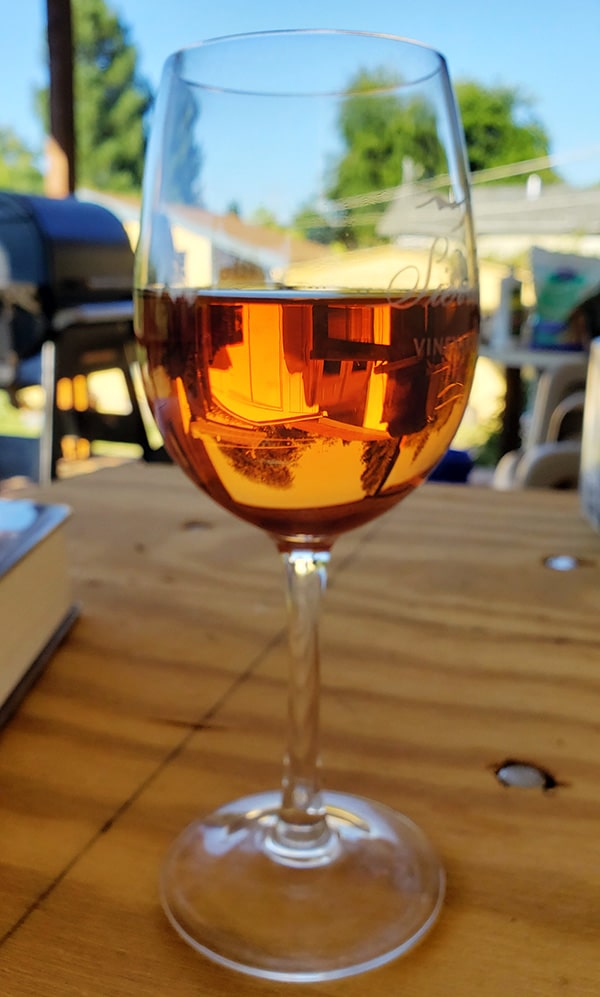
At the end of each day, I take all this in from a chair on my covered porch, a spot in the shade where temperatures routinely top the century mark. Sometimes with a beer in hand, sometimes a glass of wine made from the grapes that ring the yard. Sometimes just water.
We eat vegetables from the garden, flavored with herbs from the front yard, along with fish I catch and game Holly and I have brought home. And yes, when hunting season rolls around again, we’ll be out there. But for now, I am grateful for the chance to just watch my garden grow.

You can read many more of my essays on life, hunting, fishing and yes, the garden, here on Hunter Angler Gardener Cook.
Read More
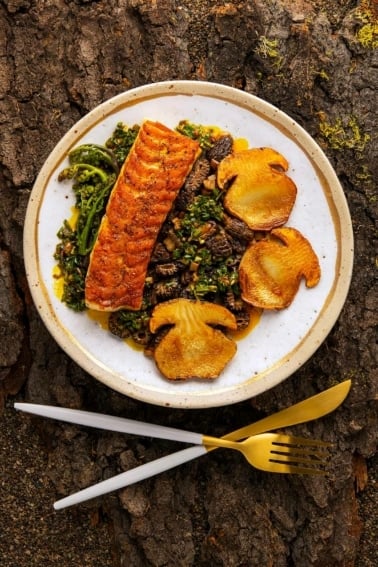
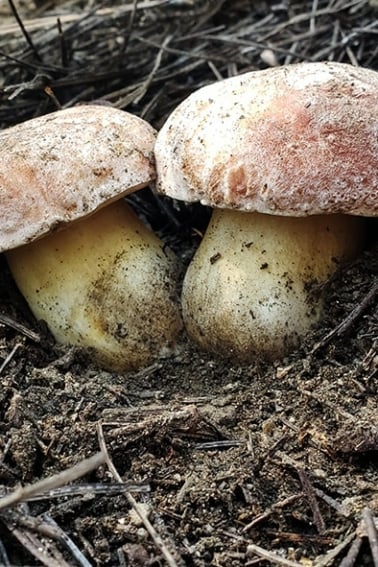
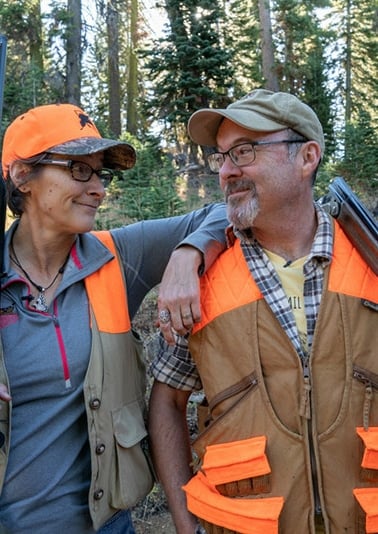
Loved the article. Here in Califon, NJ, there is nothing better than cooking a harvested whitetail with herbs, tomato sauce, peppers and other produce from the home garden. Gardening and hunting- perfect together!
It’s wonderful that you are able to re-connect to your family and the earth as well by tending your garden. I feel sorry for the people that don’t have this opportunity or the drive to experience what it’s like to provide at least some of their own food. I feel that our younger generations are going to be so far removed from this that they won’t know what real food actually looks like. Thanks for all the great content, recipes and inspiration. Keep up the good work!
I like how your garden looks natural. And it’s doing so well
Terrific read my friend, I rarely feel as at home as I do among my garden plants
Hank,
Thanks for the reminder how we started. We live in the Central Valley and have gardened basically year round. The climate dictates what we grow, but that’s part of the adventure. This time of the year it’s different varieties of tomatoes and peppers for sauces, squash for winter soups, zucchini, cataloupe, green beans along with the fruit trees. We have a 25 foot long Cabernet, a Concord and a Tempranillo that I’d like to blend, but so far we’ve only made some vinegar.
Sounds fantastic. Congratulations on a bountiful yard. I don’t know how you ever leave.
Excellent essay. I enjoyed reading it as you put my thoughts when working in the garden into words.
Through your writing I was with you, showing me around your farmlet. I’ve just come in from picking loganberries and raspberries and watering the beans and salads in my English garden. Your sentiments are mine exactly.
I once told my late wife that the day would come when I tired of gardening and we could move to a condo on the beach. I’m still waiting for the day, because it hasn’t happened yet. Today’s additions were a half-dozen black comet goldfish to my ‘water feature’. And every morning I prowl the raised beds checking, pollenating, picking and humming happily. The Condo can wait.
Great read. Thanks. You call yours a garden. I call mine a weed patch as the appearance is quite scruffy. It is a biodynamic organic community garden with way too much for the two of us. We share peaches, plums, nectarines, apples, walnuts, squash, tomatoes, greens … you get the idea, with neighbors and friends as well as our local critters. Deer and rabbits stop by for a snack as do gopher snakes and lots of birds and bees and other bugs. We are happy to share as long as no one gets too piggy. Our community is strict and we believe in capital punishment when necessary. Did you gophers hear that?
I have a crackhead, er, hummingbird, that is under consideration for termination. He stands guard over the feeder from an oak tree and dive bombs any others daring to try to drink!! Mean ass little bastard!! There may be a bb with his name on it!
Amazing, Hank! Where on your earth does purslane find a spot bare enough to suit it? But my real purslane question is what’s the second variety? I have two, also, in my hot, dry SE Washington location, but my second one–distinguished mainly by its nonsucculent, veined leaf–gave me a bellyache the one time I tried it; once was enough of that. The radiating, ground-hugging succulent variety suggests a pizza topping, the tastiest use of it I’ve found so far.
I’ll be exploring those exotic Mexican plants you named. Happy gardening!
This was so lovely to read, Hank, AND I learned the names of some of the birds we have here! I still won’t call them their proper names (Towhees will always be Elvis birds) but I can now say “I knew the names once”. Thank you for a tour of your garden.
Great little essay. I completely agree about the joy and satisfaction an edible garden brings. I am in Michigan, so of course a lot of what I can grow is different from your California garden, but I still grow a variety of different things. We also make wine from the various fruiting vines and shrubs in our yard (Beta grape, black elderberry, black currant, chokecherry, black chokeberry, and blackberries). The garden got off to a bit of a slow start this year with the wet, cold weather we had early, but we still ate LOTS of asparagus and greens. Now, in July, many other things are starting to mature, so the stir-fry season is almost upon us. I can’t imagine NOT having a vegetable garden!
This is a great wish list but for what climate zone. I noticed you are over 100. I’m in phoenix will your garden grow there
William: My garden won’t but you can absolutely do something like this in Phoenix, but you need to adapt for the scorching heat. Look up Native Seeds Search, they’re in Tucson, great source of seeds for your area.
Hello Hank,
Great story! Glad to hear you have carved out time to be at home and toil in your soil. You continue to inspire!
Thanks,
JDO
Welcome home Hank and savor every precious moment in your little slice of paradise. Even while on vacation in beautiful British Columbia, my mind constantly races back home to the 1/3rd acre farmstead that we created and which your essay captures perfectly. Labors of love are the best kinds.
Good read thanks, I love the Native American concept. I have taught that to students for many years in my history class.
Hank,
Glad to see that you are getting rooted in your garden this year. Really enjoyed this essay as I am gardening in earnest for the first time this year and finding it more fun and relaxing than I ever imagined.
Jeff
I love spending time in my garden!!! It’s definitely a labor of love and good for the soul. It’s been a productive season for me here in Virginia, lots of tomatoes, tomatillos, various peppers and squash. Between the time in the garden and the time in the kitchen canning and cooking there’s not much left but I wouldn’t have it any other way. All the fresh veggies are a nice compliment to the venison, pheasant and quail we have in the freezer.